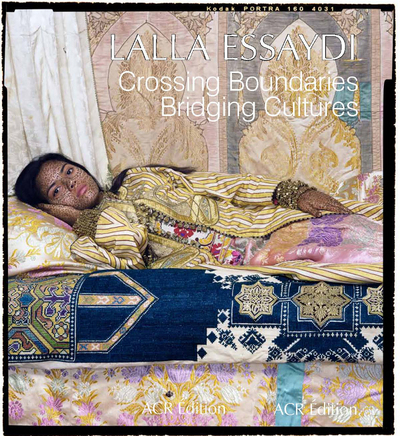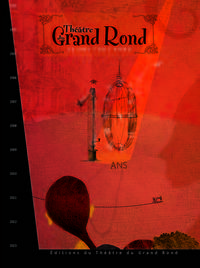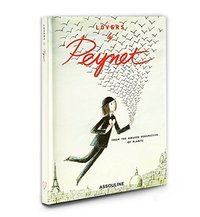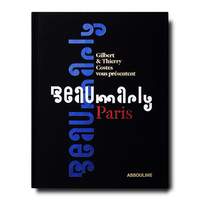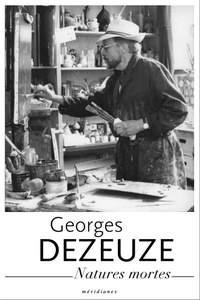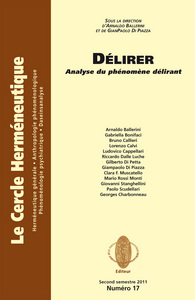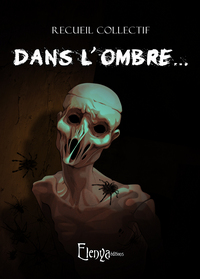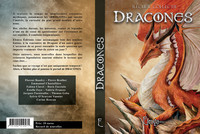Nous utilisons des cookies pour améliorer votre expérience. Pour nous conformer à la nouvelle directive sur la vie privée, nous devons demander votre consentement à l’utilisation de ces cookies. En savoir plus.
lalla essaydi - crossing boundaries, bridging cultures
ACR - EAN : 9782867702099
Édition papier
EAN : 9782867702099
Paru le : 19 mars 2015
95,00 €
90,05 €
Disponible
Pour connaître votre prix et commander, identifiez-vous
Notre engagement qualité
-
 Livraison gratuite
Livraison gratuite
en France sans minimum
de commande -
 Manquants maintenus
Manquants maintenus
en commande
automatiquement -
 Un interlocuteur
Un interlocuteur
unique pour toutes
vos commandes -
 Toutes les licences
Toutes les licences
numériques du marché
au tarif éditeur -
 Assistance téléphonique
Assistance téléphonique
personalisée sur le
numérique -
 Service client
Service client
Du Lundi au vendredi
de 9h à 18h
- EAN13 : 9782867702099
- Réf. éditeur : 70209
- Collection : ORIENTALISTES
- Editeur : ACR
- Date Parution : 19 mars 2015
- Disponibilite : Disponible
- Barème de remise : NS
- Nombre de pages : 368
- Format : H:290 mm L:262 mm E:45 mm
- Poids : 2.756kg
- Résumé : The photographs in the book all show women, either a single woman or a group of women; all but a few are veiled, and their clothing is layered, encumbering, both hiding and revealing, and unmistakably if somewhat unsettlingly beautiful. They and their ground (floor, cushions or other furnishings, drapery, and backdrop) are all of a piece, covered entirely by calligraphy, an art form that in Islamic countries has, until recently, been the province of men who transcribe sacred literature. The inscription in my photographs, is in henna. Henna has long been used to “decorate” women’s hands and feet, though it has many other uses, including medicinal ones; traditionally, henna painting has been deemed a woman’s art. Thus, to use henna in calligraphy is to defy the status quo, to enter space that is “owned” by men, to upset the unbalanced scale that puts men on one side, women on another. Furthermore, the text in the photographs is not from the Qur’an; nor is it sacred to anyone but the writer. It’s culled from my own journals and it speaks about memory, communication, cultural identity, self-identity, and personal freedom.

